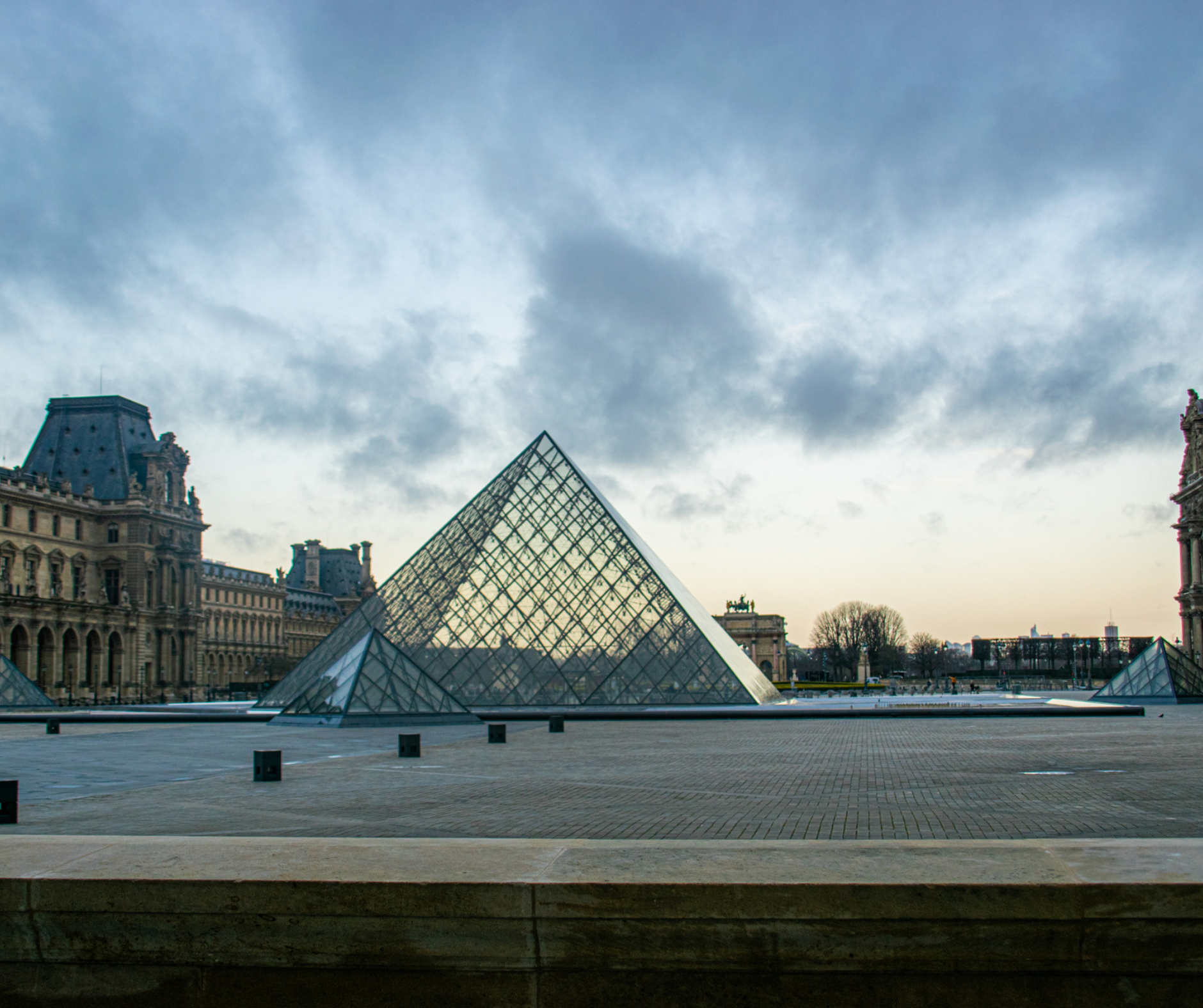Musée du Louvre
The Musée du Louvre, located in Paris, France, is one of the world’s largest and most visited museums. It was originally built as a fortress in the late 12th century under Philip II and later transformed into a royal palace in the 16th century. The Louvre was converted into a public museum during the French Revolution and officially opened on August 10, 1793. Over the centuries, it has undergone numerous expansions and renovations.
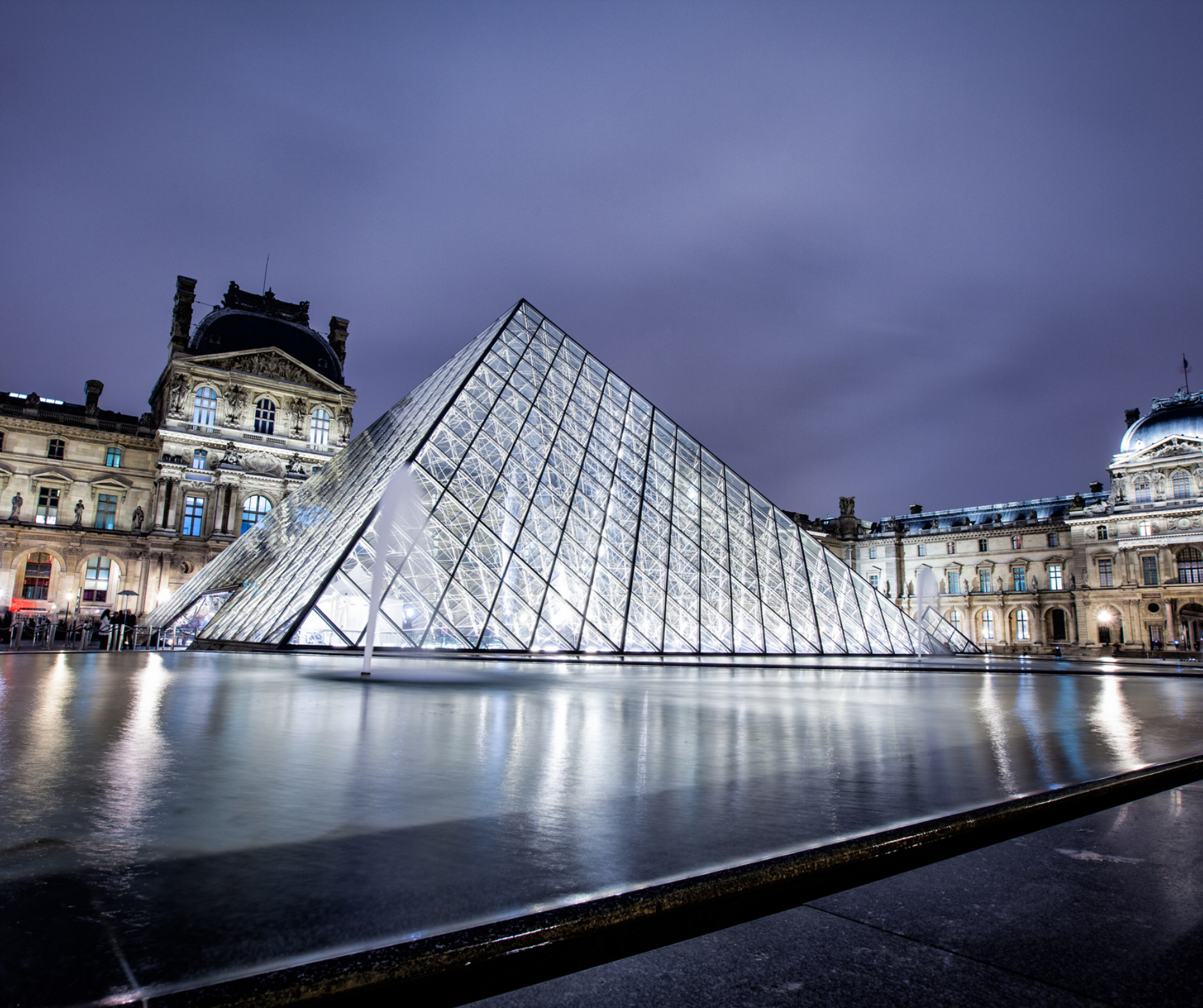
Size and Number of Exhibitions
The Louvre covers approximately 782,910 square feet (72,735 square meters) and houses over 380,000 objects, with about 35,000 works on display at any given time. The museum’s collection is divided into eight departments: Near Eastern Antiquities, Egyptian Antiquities, Greek, Etruscan and Roman Antiquities, Islamic Art, Sculptures, Decorative Arts, Paintings, and Prints and Drawings.
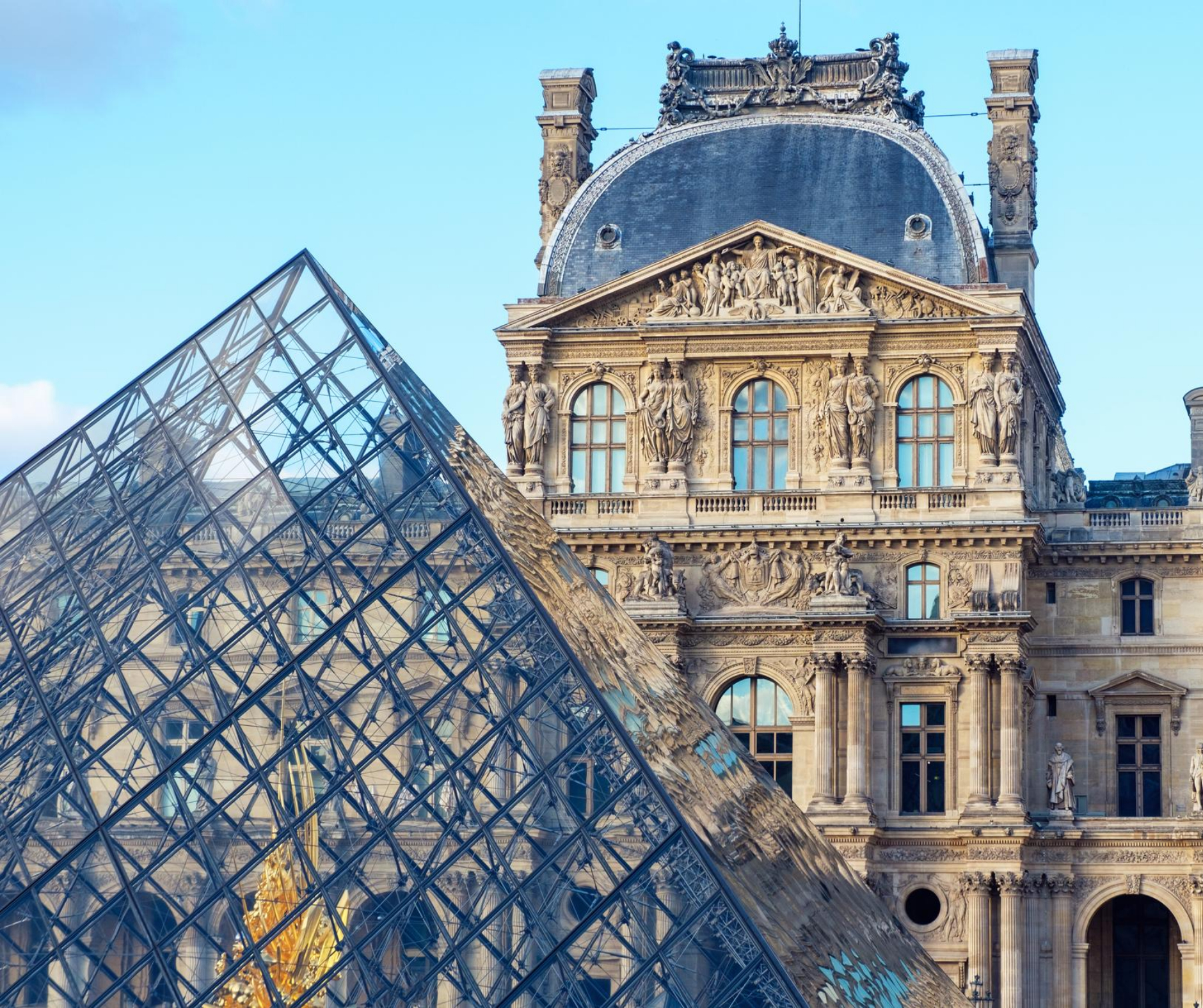
Importance to French Culture
The Louvre is a symbol of French culture and heritage, showcasing the nation’s historical significance in art and history. It represents the French commitment to preserving and celebrating artistic achievements and serves as a repository of humanity’s greatest cultural treasures. The museum plays a critical role in education, tourism, and the global art community, attracting millions of visitors from around the world each year.
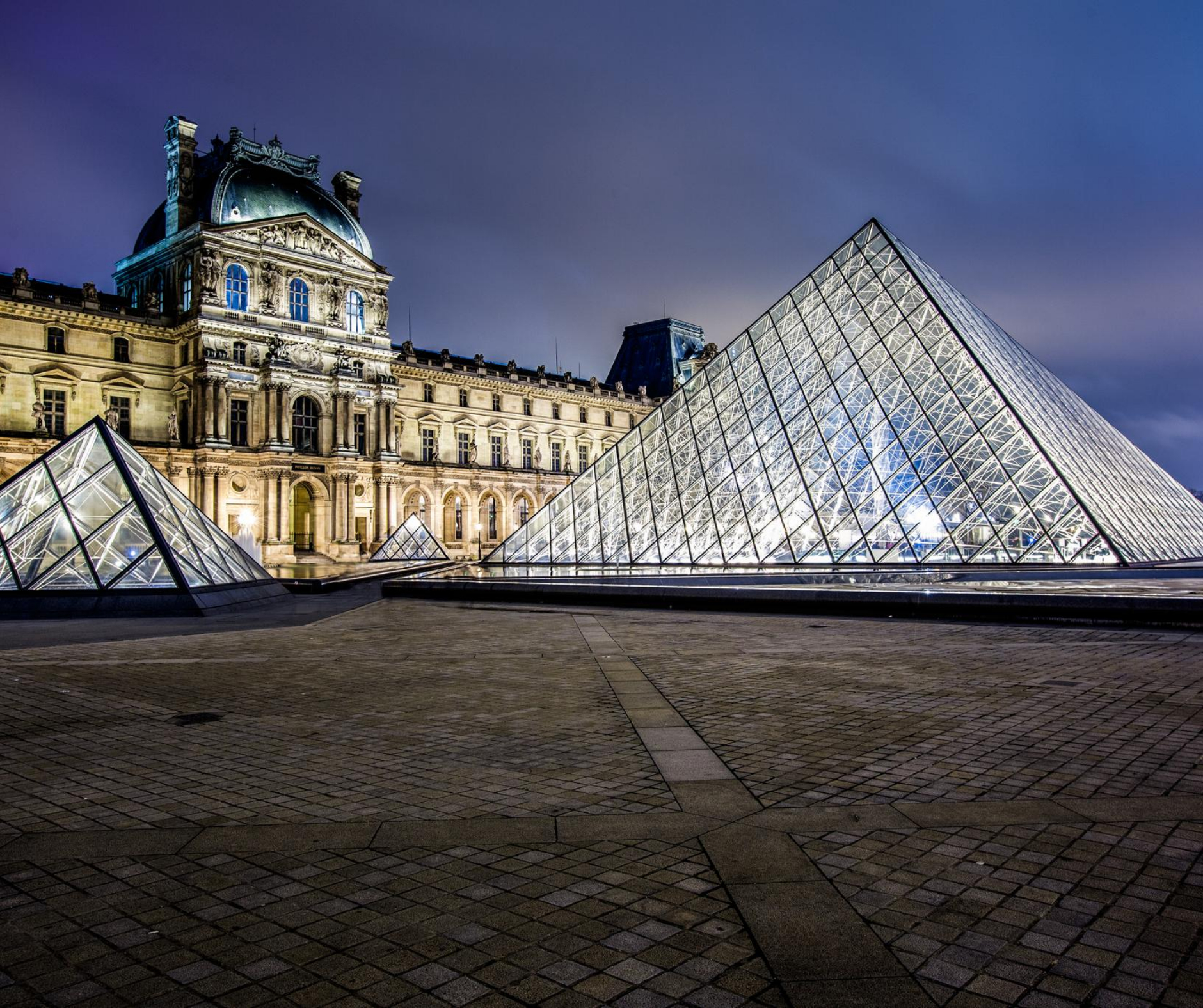
Oldest Piece in the Museum
The oldest piece in the Louvre’s collection is the “Ain Ghazal Statue,” dating back to around 7000 BCE. These Neolithic statues from Jordan are among the earliest known large-scale human figures ever created.
Most Expensive Piece
Determining the “most expensive” piece in the Louvre is subjective and depends on various factors, including historical significance and cultural value. However, the “Mona Lisa” by Leonardo da Vinci is often considered one of the most priceless works due to its immense cultural and historical importance.
Three Most Famous Pieces/Paintings
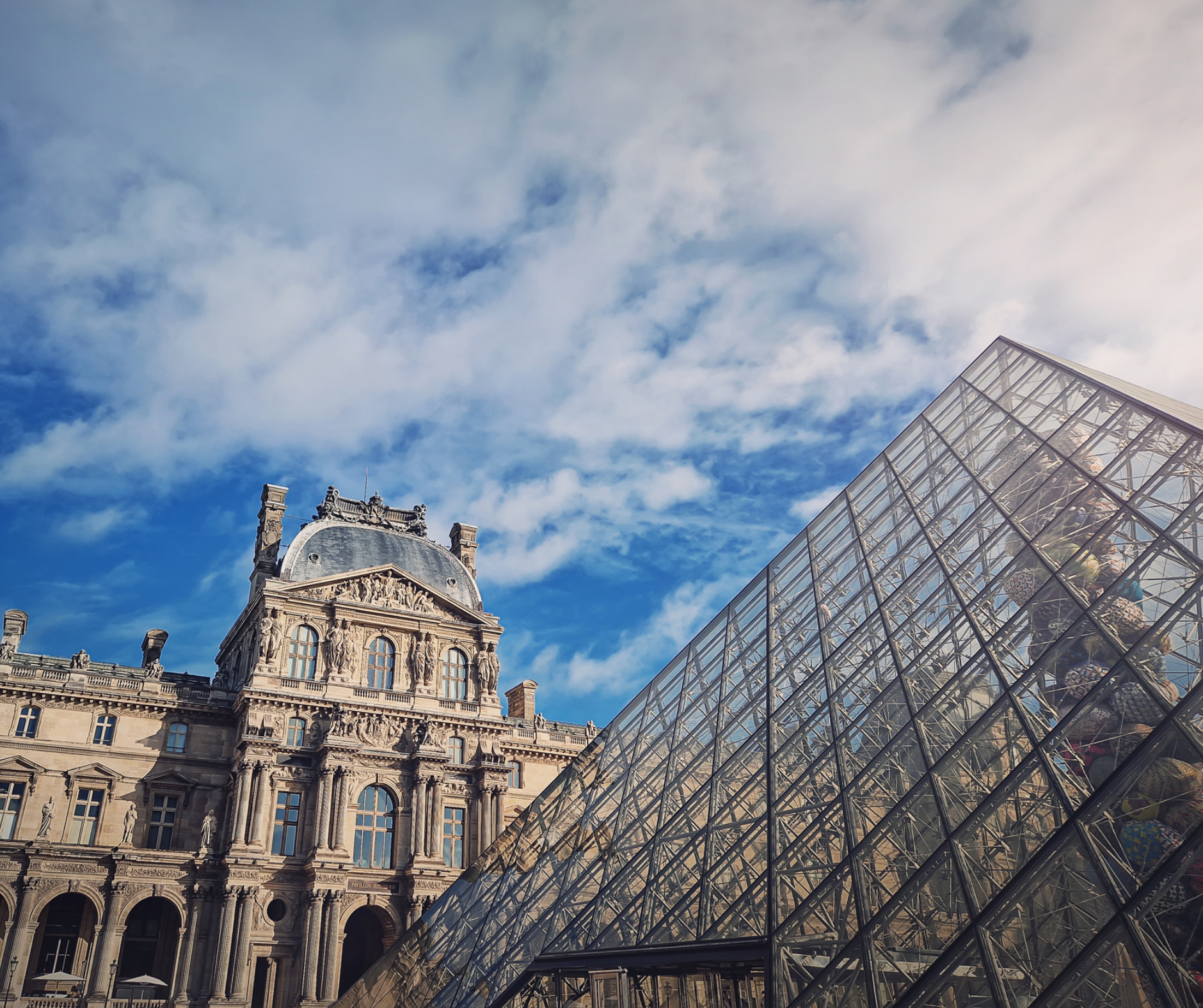
Mona Lisa by Leonardo da Vinci: This iconic portrait, famous for its enigmatic smile, is perhaps the most recognized painting in the world.
Venus de Milo: An ancient Greek statue of the goddess Aphrodite, renowned for its beauty and mystery regarding its missing arms.
Winged Victory of Samothrace: This Hellenistic sculpture represents the Greek goddess Nike and is celebrated for its dynamic composition and sense of movement.
The Louvre’s vast collection and its status as a cultural landmark make it an essential part of French heritage and a must-visit destination for art lovers globally.

